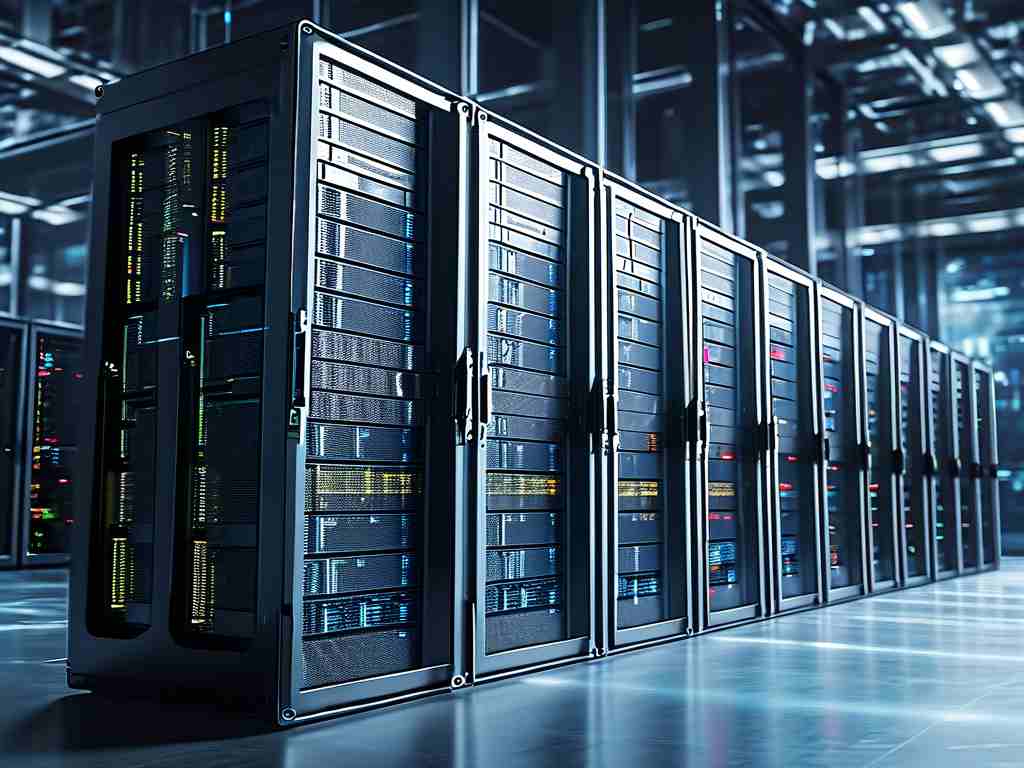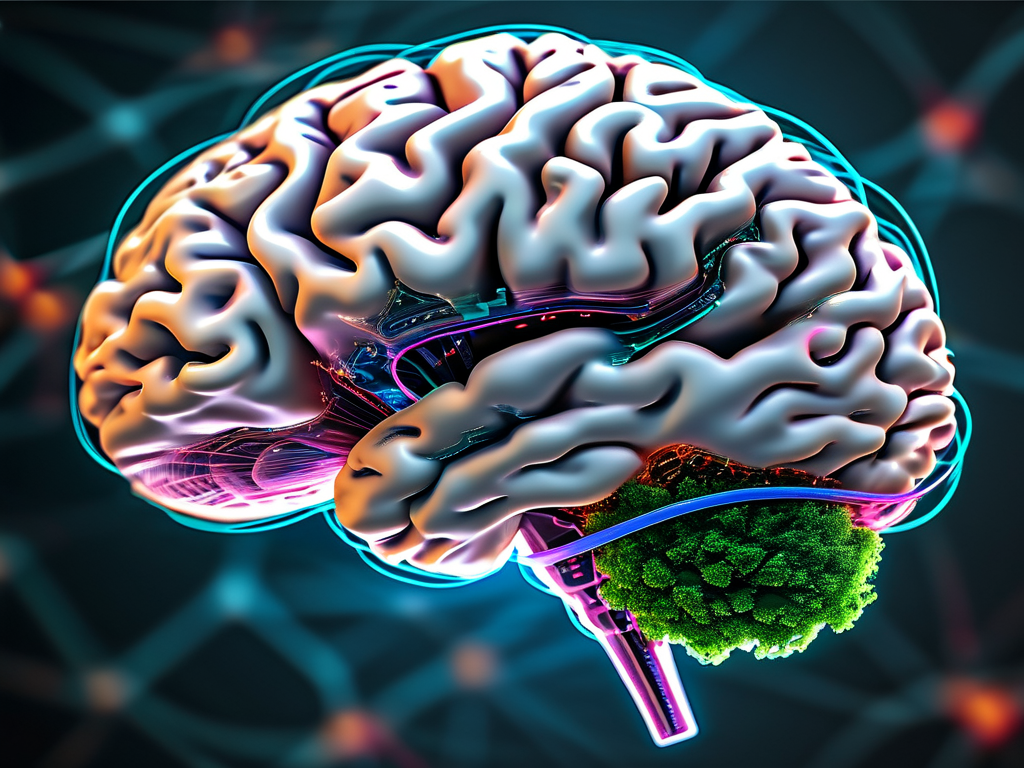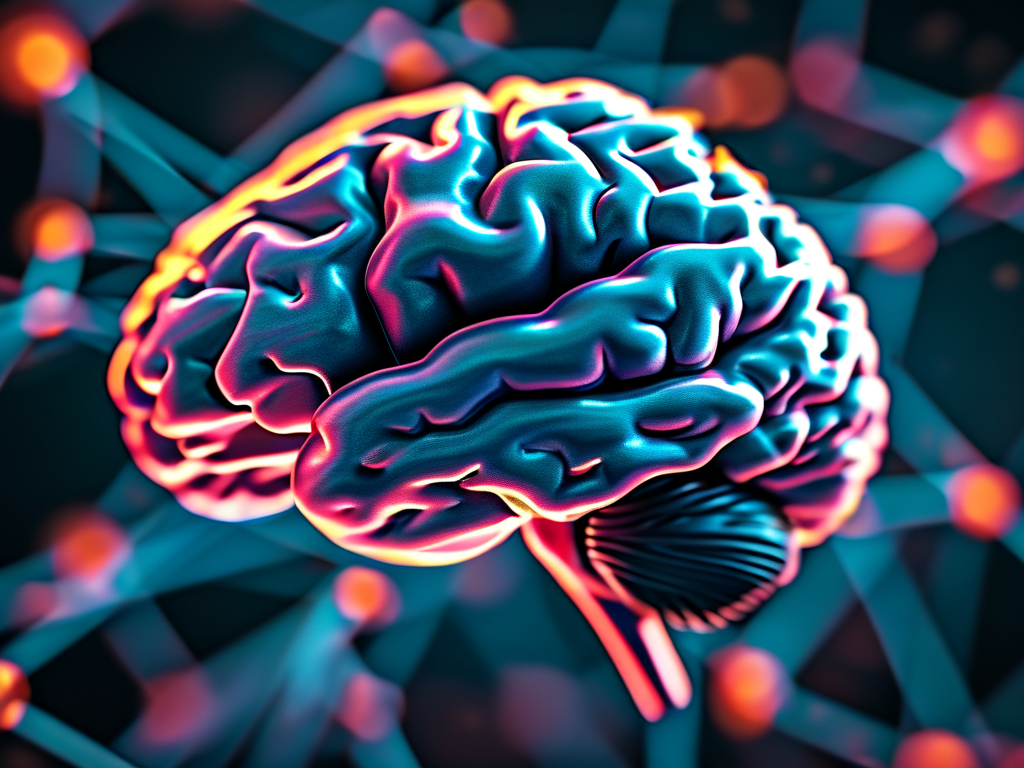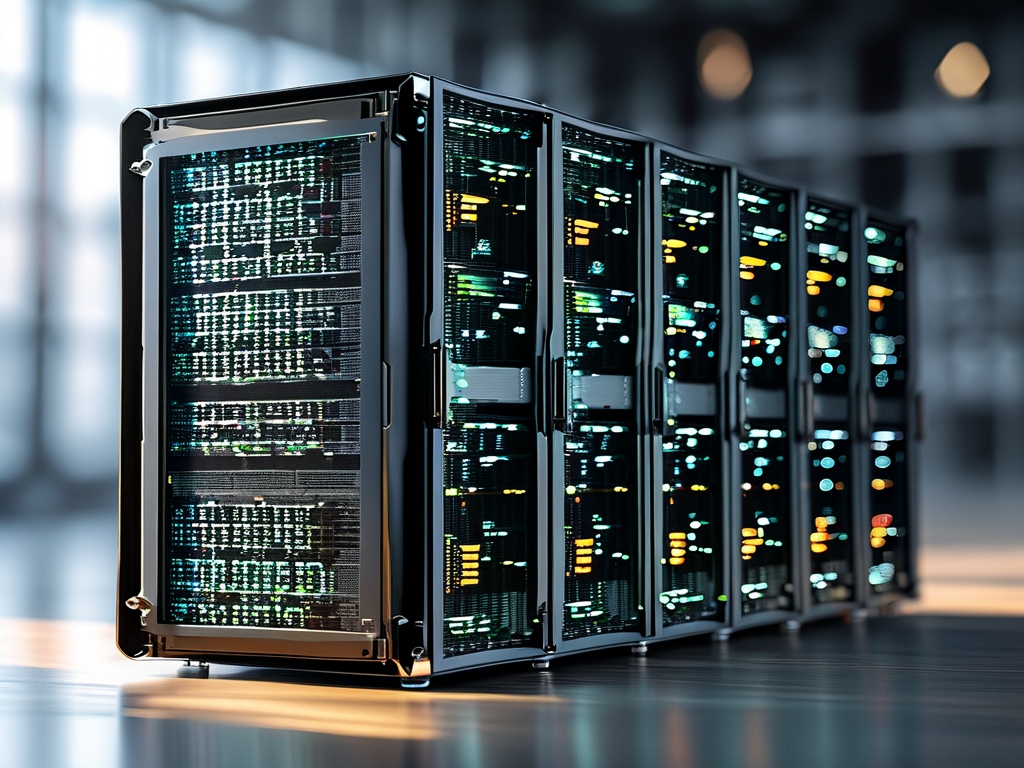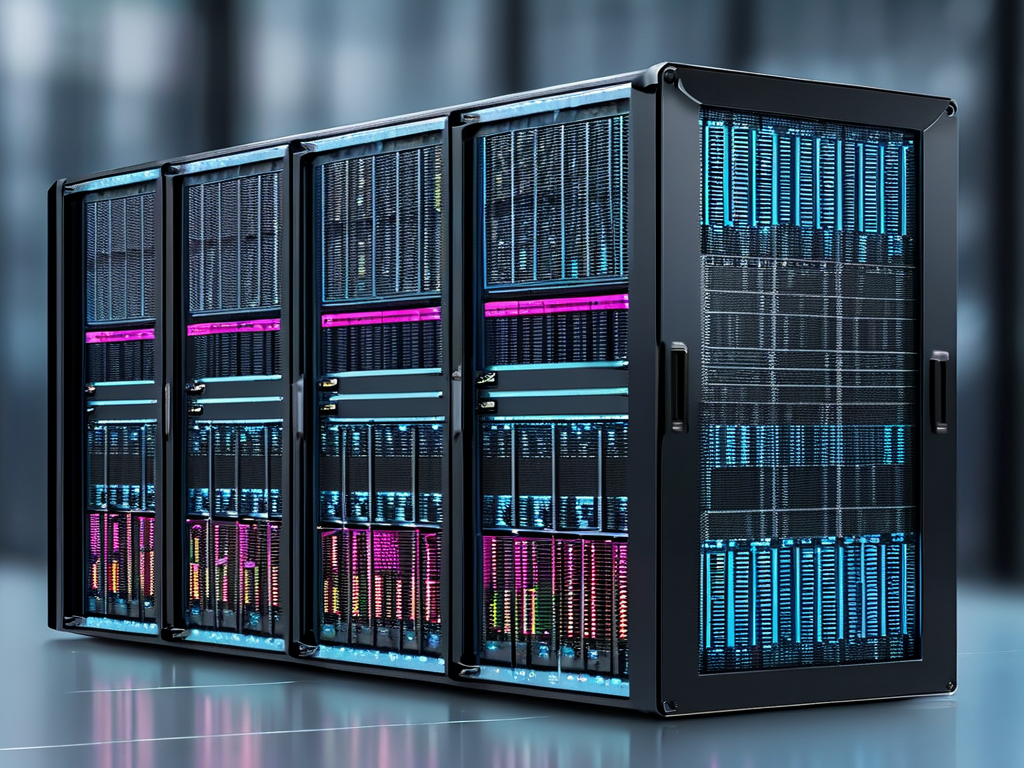The exponential growth of artificial intelligence has made large model computing servers indispensable in modern technology ecosystems. Among critical hardware components, memory configuration stands as a pivotal factor influencing computational efficiency and model performance. This article explores the intricate relationship between memory allocation and large-scale AI model operations while addressing practical considerations for enterprise deployments.
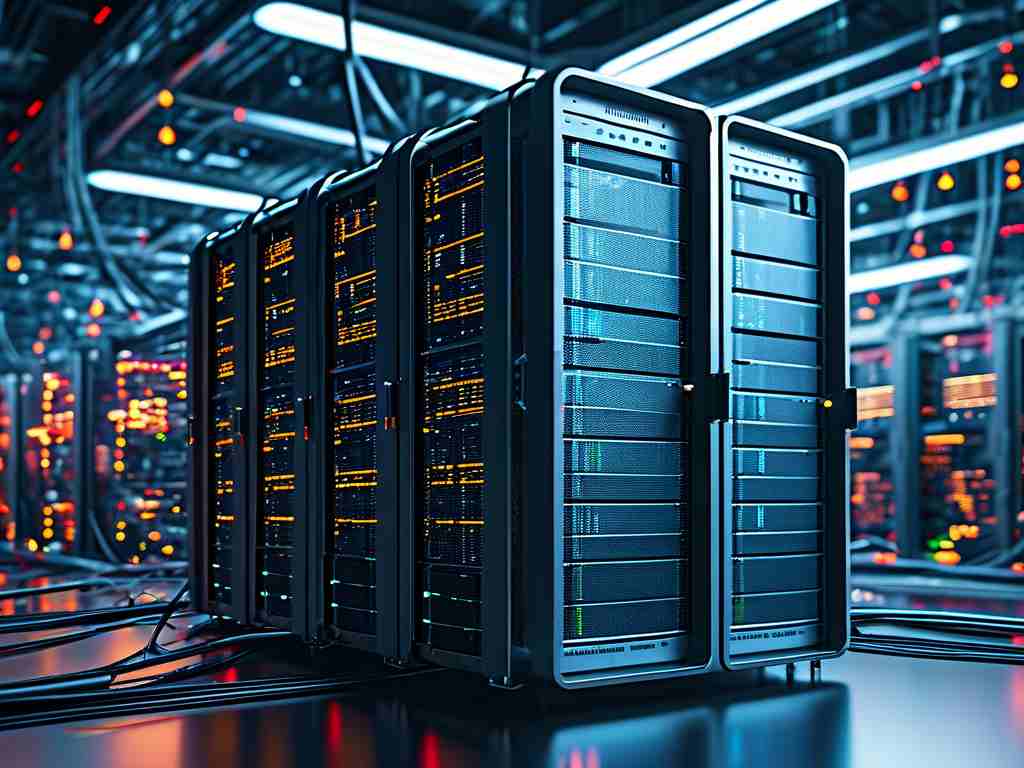
Memory's Role in Model Execution
Modern neural networks like GPT-4 and multimodal architectures demand unprecedented memory resources during both training and inference phases. A single training session for a trillion-parameter model may require over 40TB of memory allocation, distributed across specialized GPU clusters. Memory bandwidth becomes equally crucial, with high-end accelerators like H100 GPUs offering 3TB/s bandwidth to prevent data starvation during matrix operations.
Three Critical Memory Challenges
- Parameter Storage: Transformer-based models exhibit memory requirements growing quadratically with context length. A 175B parameter model typically consumes 350GB+ memory just for weight storage
- Intermediate Activations: Backpropagation processes generate temporary data exceeding model weights by 5-20x, necessitating optimized memory reuse strategies
- Parallel Processing Overheads: Distributed training across multiple nodes introduces gradient synchronization buffers that scale with cluster size
Optimization Techniques
Advanced memory management combines hardware capabilities with algorithmic improvements. Techniques like gradient checkpointing reduce activation memory by 80% through selective recomputation. Mixed-precision training (FP16/FP32 combinations) cuts memory usage while maintaining numerical stability. Memory-aware scheduling algorithms dynamically allocate resources based on computational graph analysis.
Industry Implementation Patterns
Leading cloud providers employ heterogeneous memory architectures combining HBM (High Bandwidth Memory) and DDR5 configurations. A typical AI server configuration might feature:
- 8x NVIDIA H100 GPUs with 80GB HBM3 each
- 1TB CPU RAM for data preprocessing
- NVMe storage tier for swap space
Emerging Solutions
New memory technologies are reshaping server architectures:
- Compute Express Link (CXL) enables pooled memory resources across multiple accelerators
- Phase-change memory (PCM) prototypes show 4x density improvements over DRAM
- Sparse computation engines reduce effective memory load by skipping zero-value operations
Practical Deployment Considerations
When configuring servers for large models, engineers must:
- Profile memory usage patterns across different model architectures
- Implement monitoring systems tracking page fault rates and swap usage
- Balance memory capacity with thermal/power constraints in rack configurations
- Plan for 30-50% memory headroom to accommodate model scaling
The memory landscape for AI computing continues evolving alongside model complexity. Recent benchmarks demonstrate that optimized memory configurations can improve training throughput by 3-5x compared to generic setups. As quantum-inspired algorithms and 3D chip stacking technologies mature, future servers may employ adaptive memory systems that dynamically reconfigure based on workload characteristics. Enterprises investing in AI infrastructure must prioritize memory architecture design to maintain competitiveness in the rapidly advancing field of machine learning.



